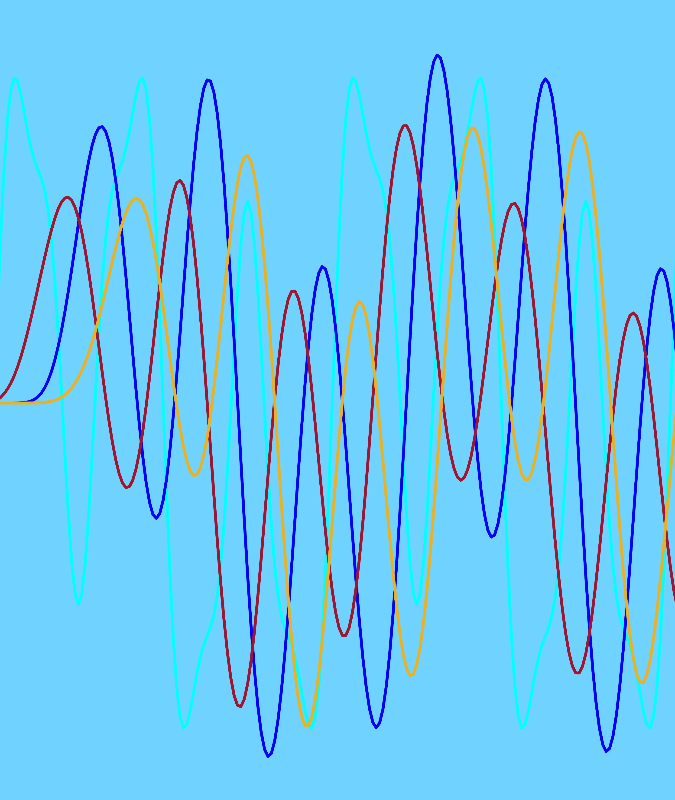Fundamental part: Amplitude characterisation, classification of signals, Fourier analysis and Laplace transforms in signal analysis, discrete signals (sampling, averaging, DFT, FFT, correlation methods, signals and linear systems - frequency response functions, power spectral density, frequency analysis with FFT, frequency analysis with filters, Z-transforms and digital filtering.
The students will get practical training in using the theoretical concepts and signal analysis methods by computer exercises.
Application part: Control of mechanical systems, machine monitoring, active control of sound and vibration. In the computer exercise in machine monitoring it is shown how vibration measurements can be used to detect defects in bearings. In the laboratory exercise on active control of sound digital filtering is used to attenuate sound in a duct.
The aim of the first part of the course is to give the students knowledge about the theoretical foundations of signal analysis, and ability to apply this knowledge for analysis of mechanical systems. The aim of the application part of the course is to acquire knowledge and practical ability in important methods in analysis of mechanical systems.
The student should after finishing the course be able to:
- Use a signal analyser (FFT-analyser) and be able to choose the measurement setup: frequency range, length of time record, time windows, number of averages etc.
- Perform signal analysis on measured time record in Matlab.
- Choose appropriate signal analysis methodology for a given problem. For example choosing between time or frequency domain analysis, one-channel or multi-channel analysis, different types of filtering etc.
- Interpret results from different types of signal analysis, for instance spectra, correlation functions or frequency response functions.
- Be able to extract information about the character of the studied signal such as periodicity, time delays and linearity.
